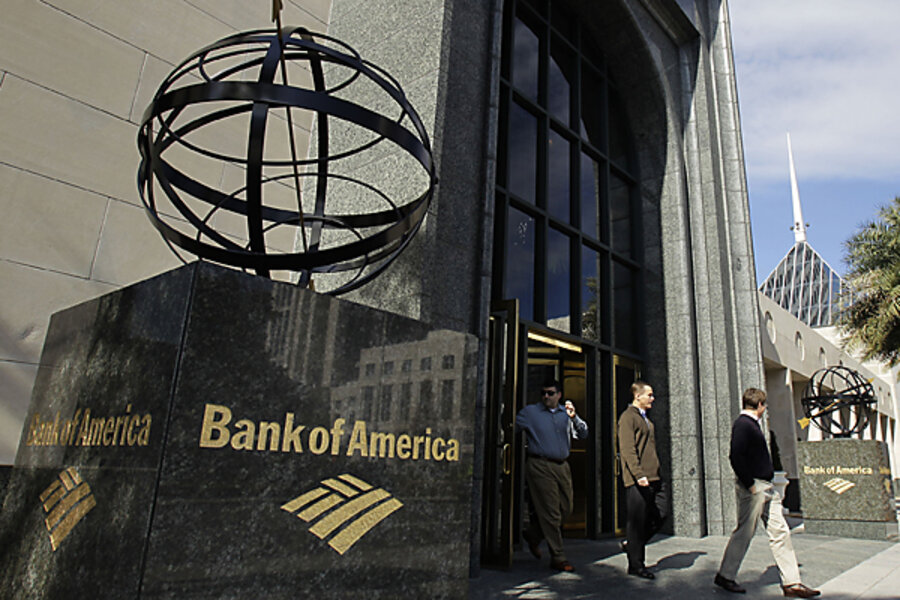Turnaround for US banking?
Loading...
The headline is that the U.S. banking industry turned around in a big way in 2010 earning $87.5 billion, the highest since 2007. That’s a huge jump from 2009′s industry loss of $10.6 billion. Unemployment is still high at 9% according to the government, commercial real estate values are still in the dumps and home values according to Case-Shiller are still declining. Banks in the aggregate even charged off roughly the same amount of loans in 2010 as 2009. How did the banks magically turn the profit numbers around so dramatically?
In 2009, Income before provision for loan and lease losses was $238.9 billion, last year it totaled $244.4 billion. In 2009, banks put $249.5 billion in loan and lease loss provision, last year only $156.9 billion.
There you go, it’s that easy, put less money in loan loss reserves. One might question whether banks should be slashing reserves when the property markets and the overall economy are not out of the woods.
For instance, the industry’s “coverage ratio” of reserves to noncurrent loans is 64%. Ten years ago this ratio was 149%. Of course as the bank regulator points out seven large institutions are responsible for most of the industry’s reduction in reserves.
Consolidation continues apace, as the number of banks and S&Ls fell by 4.4% during 2010 from 8,012 to 7,657. Meanwhile the number of institutions on the deposit insurer’s problem list increased from 860 to 884 in the fourth quarter.
Add/view comments on this post.
------------------------------
The Christian Science Monitor has assembled a diverse group of the best economy-related bloggers out there. Our guest bloggers are not employed or directed by the Monitor and the views expressed are the bloggers' own, as is responsibility for the content of their blogs. To contact us about a blogger, click here. To add or view a comment on a guest blog, please go to the blogger's own site by clicking on the link above.





